Early Buddhism dealt with the problem of impermanence in a very rationale manner. This concept is known as anicca in Buddhism, according to which, impermanence is an undeniable and inescapable fact of human existence from which nothing that belongs to this earth is ever free.
Buddhism declares that there are five processes on which no human being has control and which none can ever change. These five processes are namely, the process of growing old, of not falling sick, of dying, of decay of things that are perishable and of the passing away of that which is liable to pass. Buddhism however suggests that escape from these is possible and it's through Nirvana.
Hinduism also believes in the impermanent nature of life. But it deals with this problem differently. According to Hinduism, impermanence can be overcome by locating and uniting with the center of permanence that exists within oneself. This center is the Soul or the self that is immortal, permanent and ever stable.
According to Hinduism, Atman is the fundamental truth that exists in every being, while at the microcosmic level it is Brahman who is the fundamental and supreme truth of all existence. He who realizes Atman verily becomes Brahman and attains immortality.
The Buddha differed radically with this most fundamental concept of Hinduism and in line with his preaching the early Buddhists did not believe in the existence of a permanent and fixed reality which could be referred to as either God or soul. According to them what was apparent and verifiable about our existence was the continuous change it undergoes.
Thus early Buddhism declares that in this world there is nothing that is fixed and permanent. Every thing is subject to change and alteration. "Decay is inherent in all component things," declared the Buddha and his followers accepted that existence was a flux, and a continuous becoming.
According to the teachings of the Buddha, life is comparable to a river. It is a progressive moment, a successive series of different moments, joining together to give the impression of one continuous flow. It moves from cause to cause, effect to effect, one point to another, one state of existence to another, giving an outward impression that it is one continuous and unified movement, where as in reality it is not.
The river of yesterday is not the same as the river of today. The river of this moment is not going to be the same as the river of the next moment. So does life. It changes continuously, becomes something or the other from moment to moment.
Take for example the life of an individual. It is a fallacy to believe that a person would remain the same person during his entire life time. He changes every moment. He actually lives and dies but for a moment, or lives and dies moment by moment, as each moment leads to the next.
A person is what he is in the context of the time in which he exists. It is an illusion to believe that the person you have seen just now is the same as the person you are just now seeing or the person whom you are seeing now will be the same as the person you will see after a few moments.
Even from a scientific point of view this is true. We know cell divisions take place in each living being continuously. Old cells in our bodies die and yield place continuously to the new ones that are forming. Like the waves in a sea, every moment, many thoughts arise and die in each individual .
Psychologically and physically he is never the same all the time. Technically speaking, no individual is ever composed of the same amount of energy. Mental stuff and cellular material all the time. He is subject to change and the change is a continuous movement.
Impermanence and change are thus the undeniable truths of our existence. What is real is the existing moment, the present that is a product of the past, or a result of the previous causes and actions. Because of ignorance, an ordinary mind conceives them all to be part of one continuous reality. But in truth they are not.
The various stages in the life of a man, the childhood, the adulthood, the old age are not the same at any given time. The child is not the same when he grows up and becomes a young man, nor when the latter turns into an old man. The seed is not the tree, though it produces the tree, and the fruit is also not the tree, though it is produced by the tree.
The concept of impermanence and continuous becoming is central to early Buddhist teachings. It is by becoming aware of it, by observing it and by understanding it, one can find a suitable remedy for the sorrow of human life and achieve liberation from the process of anicca or impermanence.
from - http://www.hinduwebsite.com/
Sunday, April 18, 2010
Subscribe to:
Post Comments (Atom)











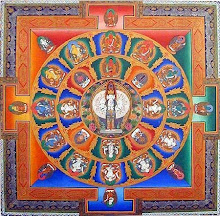




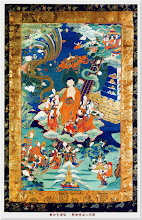

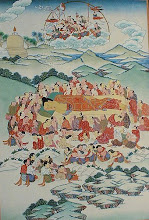


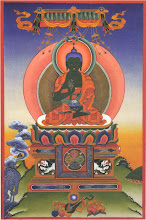




.jpg)

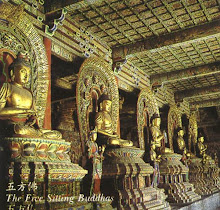













No comments:
Post a Comment